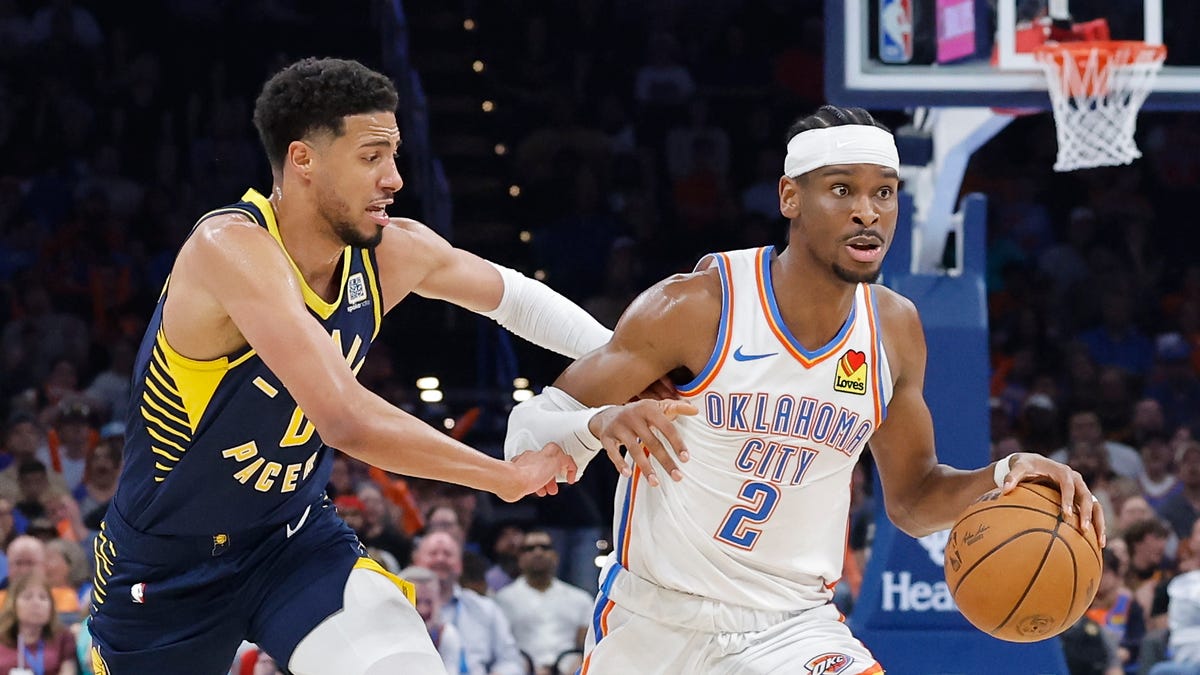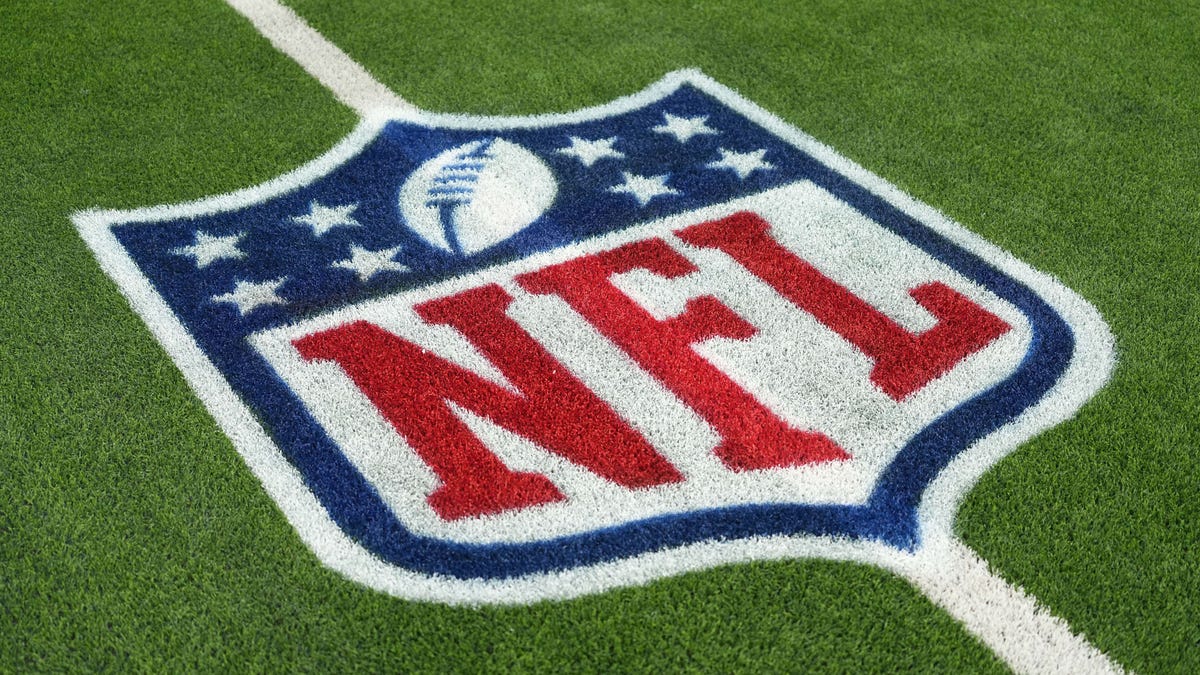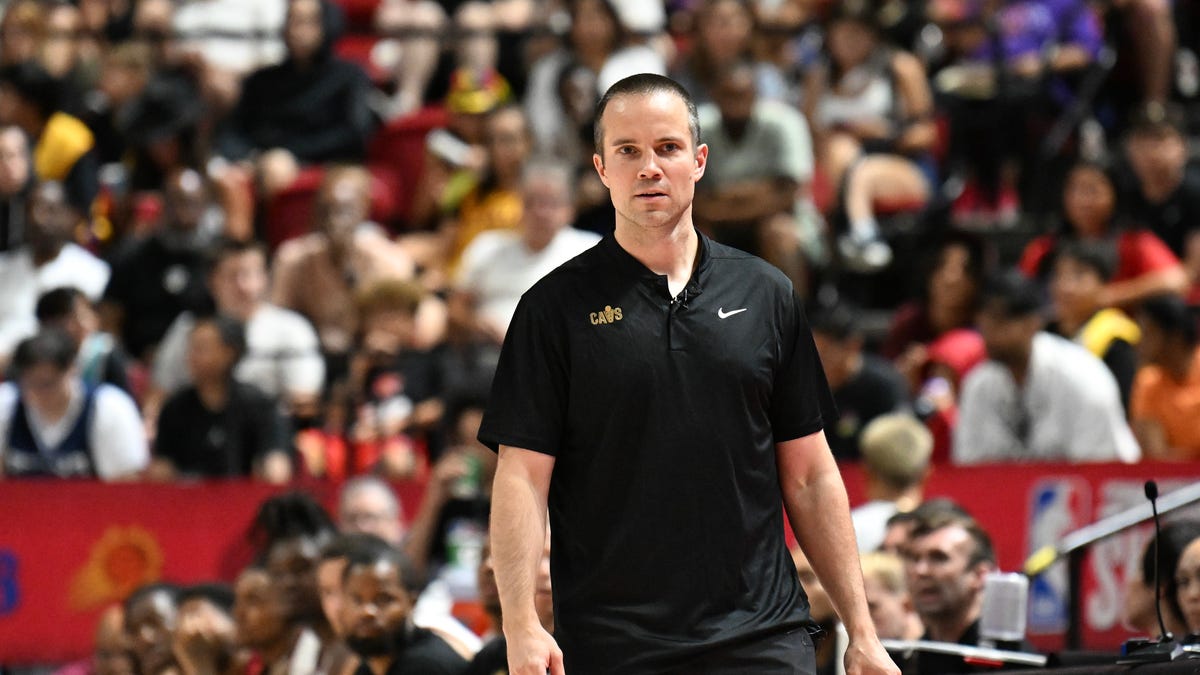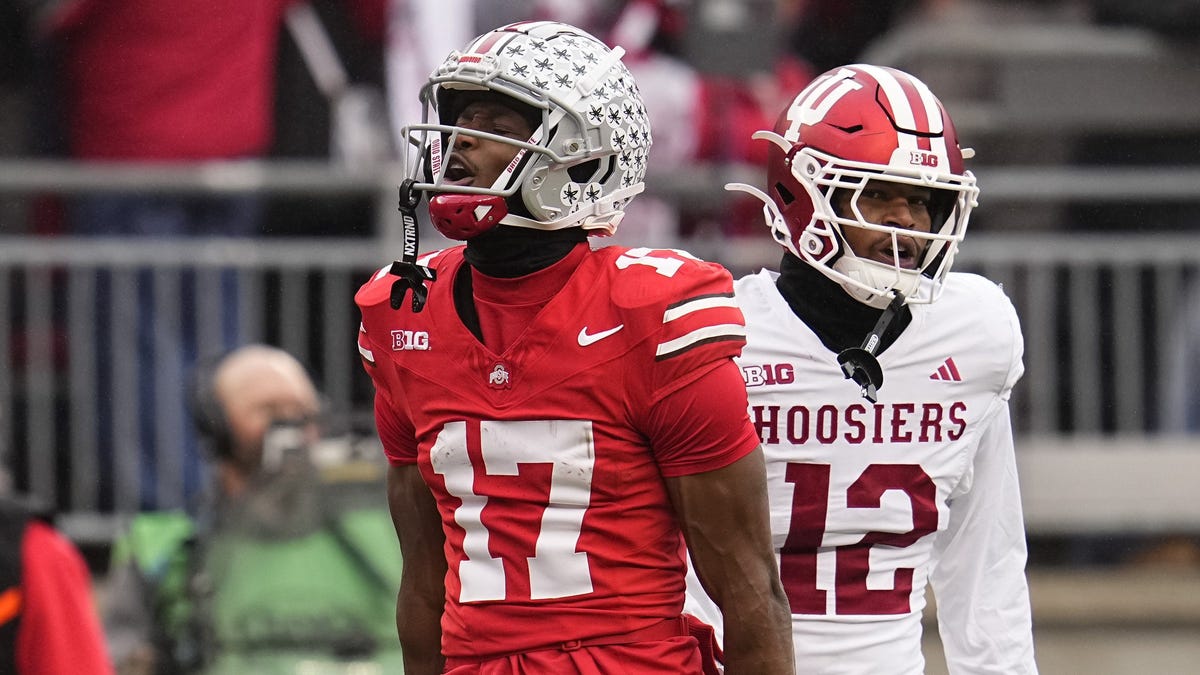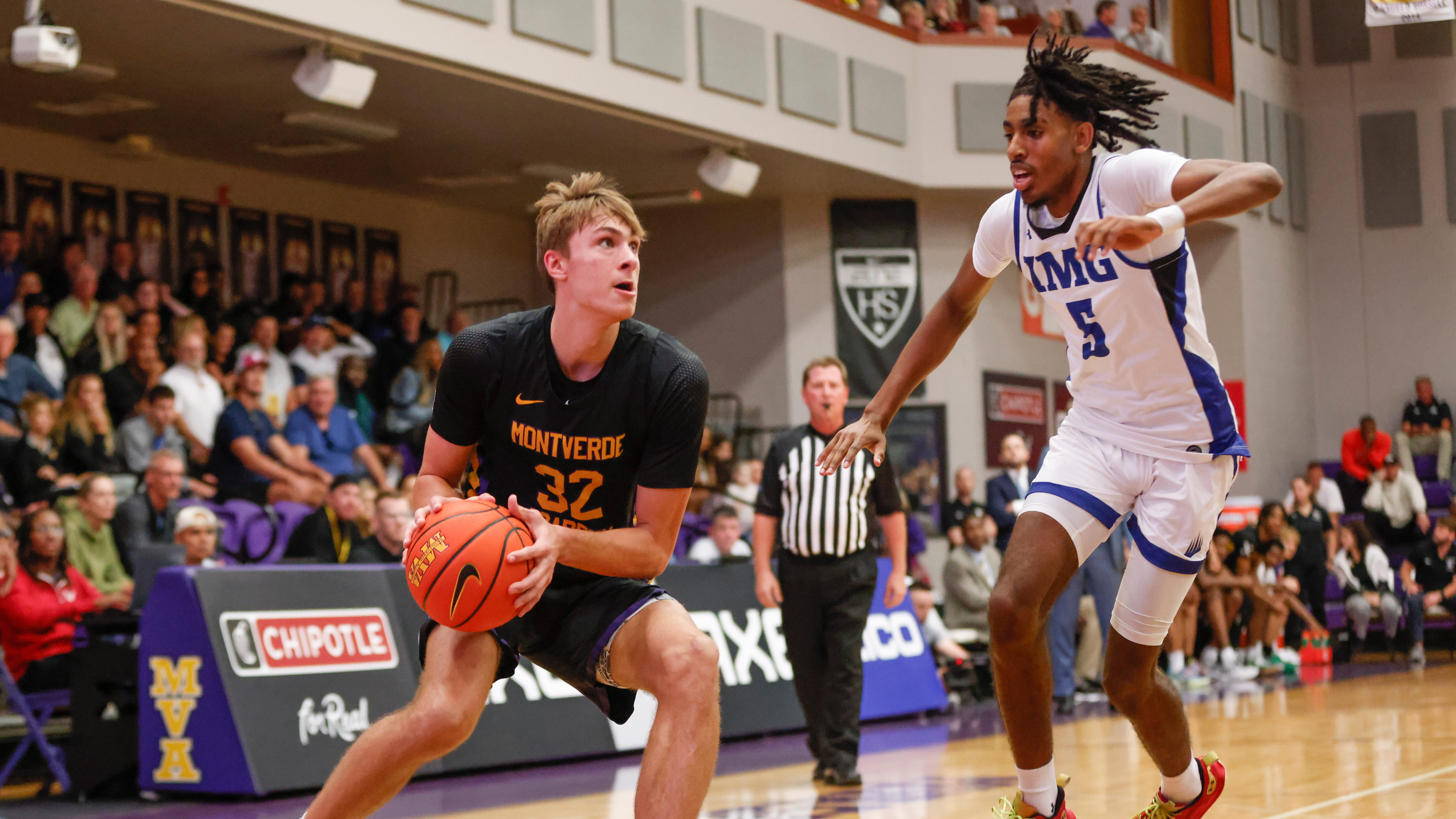
Cooper Flagg’s mom shares her best tips for parents navigating youth sports
Mackenzie Salmon sat down with Cooper Flagg’s mom Kelly to talk about how she successfully navigated the world of youth sports.
Sports Seriously
Have you been this kid?
“I wouldn’t raise my hand in class to answer a question in case I would say the wrong thing,” Annika Sorenstam says. “I was always afraid that my classmates would laugh at me.”
She would even miss on purpose – maybe hit a three-putt, maybe leave the ball at the bunker – coming down the stretch at junior golf tournaments so she wouldn’t have to speak in front of a crowd.
“They wanted the winner to give remarks of some kind, even at early ages,” she tells USA TODAY Sports, “just to kind of teach you more than the game itself, and I remember just being so afraid of it. I could finish second or third and still get a prize.
“But you can imagine that would haunt me because I practiced a lot and I’m very competitive and got home knowing that I could have won it.”
Sorenstam, who would go on to win 10 major tournaments, 72 events on the LPGA Tour and make hundreds of post-round comments, says shyness has always been her weakness. But today it’s a smaller hurdle she can clear because of lessons she learned from her parents and from sports that she has continued to apply.
She’s now a mom of two teenagers (Ava, 15, and Will, 14) trying like us to distinguish their individual traits, and to give them room to grown into them, like she did.
“I always tell people, ‘Get back to me in 10 years,’ ” she says. “I’ll let you know if it worked.”
Sorenstam, 54, has been instructing for 18 years through her ANNIKA foundation, which empowers and advances the cause of young women in golf and life. This spring and summer, she is running clinics for Bank of America’s “Golf with Us” program to help give more boys and girls access to experiences similar to what she had.
She doesn’t formally coach Will, her rising junior golfer, though.
“I’ve learned you don’t want to be a helicopter parent,” she says. “You’re so invested and you’re so engaged and you’re so caring. We all love them so much and we just want them to succeed, and then it’s just, how do you handle it?”
Here’s her advice for parents and their athletes to help us all try and figure out golf, sports and overcoming our fears.
Foster independence through enjoyment of sport
Sorenstam’s mother, Gunilla, would swing a golf club when she was pregnant with her. She jokes with her daughter about how the action propelled her into her future.
Sorenstam describes her development as more of “one of those slow loves.” Slow, indeed.
She grew up near Stockholm, Sweden, where she could whisk down ski slopes. Tennis, which she played for eight years, was her first love, not golf.
“I really didn’t like it in the beginning,” she says. “It was for older people and I wanted to chase a ball.”
Gunilla and her father, Tom, weren’t experts as much as facilitators for Sorenstam and her sister, Charlotta, who would also play on the LPGA Tour. The freedom to choose their favorite sport sparked curiosity.
“It was just giving us the resources,” Annika says. “Driving us to the golf course or driving us to the tennis tournaments, providing the stuff that we needed. Not like a coach or anything; it was more they’re loving parents and not very pushy and just kind of help us and guide us through the steps. And I think that worked quite well.
“I disappointed them in my own way, but not through the score. And I always felt like they had my back. And on the contrary, I wanted them to be pleased and happy with what I was doing.”
She reflects today with a knowing chuckle about how right it felt: the way the support built her up inside and helped her along her teenage journey.
A seminal moment came when she was 16, and she had found her sport. “I want to play golf,” she told her parents.
“I don’t think I really knew where the golf would take me,” she says. “It was more just kind of a hobby. I enjoyed playing. And then I got a little better. And then I played some tournaments. And then one thing kind of led to another.”
‘Go with the flow’: Instead of having expectations for your kid athletes, be willing to adapt and change as they do
It’s a process she started over again when her kids were very young and they traveled with her to golf events.
“They probably thought that was work,” Sorenstam says, “and that’s not what they wanted to do.”
These can be delicate times with our kids and their sports. We can teach lessons on grip, ball position and aim by sprinkling them in while playing with friends (“It’s very convincing when friends play a certain sport,” she says) or having putting competitions.
“I am a big believer in understanding the fundamentals of the sport early on,” Sorenstam says, “and then just let them learn and let them test.”
We don’t always have to emphasize drilling. We can take breaks, she says, to stack golf balls into pyramids or stress the concepts of the sport with a soccer ball.
“Introduce them to the game so it doesn’t become so focused on golf and having to do everything perfectly,” she says. “I think that’s when you lose your kid early, because it’s all this structure. There’s a fine line of having structure. There’s a fine line of having etiquette. And I think you have to find that balance.
“When your kid leaves the golf course or the driving range you want them to have a smile on their face. Then I think you’ve been successful.”
Over the years, we have seen Will’s eyes drawn to not only Tiger and Charlie Woods but to his mom as they play the course at the PNC Championship together.
“Slow down, Mommy,” he said in 2023 as they walked down the 18th fairway in Orlando, Florida. “I don’t want this moment to end.”
Will and his sister tried just about every other sport Sorenstam and husband Mike McGee played – “I was the mean mom; I didn’t give him a chance to play football,” Annika says – before Ava made the varsity softball team and he settled on golf. It’s all he wants to do.
Sorenstam has explained how she loves watching him become more of a feel player than her as he experiments with his shots. She sees a natural separation from us that comes with development.
“We practice a lot together,” Sorenstam says, “but he’s also kind of a student of the game, so about a year ago, I said, ‘I think you need to find a real coach’ and he was like, ‘Well, I want to work with you.’ I said, ‘That’s fine, but then you have to listen.’ That didn’t really work out very well so he’s working with somebody.
“It’s good to get a different perspective. I love to attend some of his lessons and learn so that when we do play, I can be of help a little bit, because I know what they’re working on. … I know a little golf and sometimes he wants to talk about it and I feel like I can add some value, and sometimes I’m just his mom and let him do his thing.
“You just gotta go with the flow. He asks a lot of questions, not so much technique with me maybe, but just (about) traveling and what was your greatest shot, your most important memory. I love to have that discussion.”
Coach Steve: When is it time to stop coaching your child in sports? Ask yourself these 3 questions
‘Feel the temperature’: Put your kids in situations to succeed, fail and express themselves
Golf was hard, but Sorenstam dove into the challenge to figure it out. It was like finding a missing piece of the puzzle that formed her identity.
Playing it was fun, but then it became terrifying.
Tom and Gunilla started to see a pattern in Annika’s near-misses at tournaments. They called ahead to an upcoming one. When it was complete, Annika was asked to say something.
“My reply was, ‘Well, I didn’t win,’ and they said, ‘We know, but we’d like to hear from you,’ ” Sorenstam says.
Her heart was pumping, her palms sweating. Her dad told her to grab her seven iron and make a simple statement like, “I let my clubs do the talking.”
“I realized after that, ‘Oh, that was it,’ ” she says, and public speaking became easier.
“It’s interesting how parents sometimes, they say we did so well, but she or he played so poorly,” she says. “It’s like they have a third person. I think it’s really important to separate the athlete vs. the human and just really understand that the sport is helping you to grow as a human being, and not vice versa. Be able to separate that and not judge by the score.”
Her dad’s was a calculated nudge she has learned to use as a parent herself.
She likes to ask Will three questions after he plays:
How did it go?
What did you do well?
What can you do better?
“And it’s kind of up to him. I’m not going to tell him: ‘I think you should do this better,’ ” she says.
He’ll tell her something, and then say, “I got it.”
“Whether he actually knows or not, he’s telling himself, ‘That’s probably what I need to do,’ ” she says. “And I think for us, it’s worked quite well, because I want him to be accountable and responsible for his own thing, and then if he doesn’t know, then just ask me. I don’t want him to feel when we get in the car ride home that he’s like trapped in a car, and I’m bombarding him with questions. You have to kind of feel the temperature.”
Coach Steve: Tips for the car ride home. Hint: Don’t be like Andre Agassi’s dad
It’s putting the power of the experience in our kids hands for their own self-discovery, she says, no matter what our level of accomplishment. We learn with each kid when to push and when to pull back.
“Hopefully he feels the safety net, but I’m only there if he needs it,” she says. “Otherwise, I’m just gonna let him do his thing because that’s how he learns. I’ve learned that myself: If he gets in a sticky situation, or if he’s on the golf course (and) it’s not working, he can’t ask me anyway. He’s gotta try to figure it out. So I might as well try to give him all the help early on and let him learn from his mistakes.”
‘The goal is to make great individuals’: We can go the distance with sports
The message with Will is one Sorenstam emphasizes to young golfers, whom she worked with in Phoenix in May and tentatively plans to see at clinics in Denver (August) and Austin (September) through “Golf with Us.”
Bank of America is offering kids 6 to 18 a free one-year membership through June 15 to its Youth on Course program, which grants access to rounds for $5 or less at affiliated courses. The clinics are open to Youth on Course members in the market and to children from youth partner organizations like Boys & Girls Clubs of America.
Sorenstam says she’s not necessarily trying to create the next superstar but use golf, or whichever sport they choose, to help unlock things like dedication, curiosity, competitiveness and attention to fitness.
“The goal is to make great individuals that represent the sport, and not so much just result and performance,” she says. “It’s really tough today with pressure and expectations. It’s better if you can build a solid foundation and then once you have that, you can go out and be successful in whatever you choose.
“There’s so many things you can do within the sport, whether it’s running an event or sports marketing or manufacturing. If you love sports, there’s so many things you can do more than just play it and you can still be around the sport.
[Don’t forget sports writing.]
To help kids find the right fit, we can be engaged from a distance while letting them learn, explore, hit and miss on their own.
Kids are more resilient than you think, especially the shy ones.
“People think that people that have done well, it’s a straight line, straight journey; that you have no issues, you’re not scared, things come really easily,” she says. “But I think we all have weaknesses that we got to work on and try to improve.”
Steve Borelli, aka Coach Steve, has been an editor and writer with USA TODAY since 1999. He spent 10 years coaching his two sons’ baseball and basketball teams. He and his wife, Colleen, are now sports parents for two high schoolers. His column is posted weekly. For his past columns, click here.
Got a question for Coach Steve you want answered in a column? Email him at sborelli@usatoday.com







